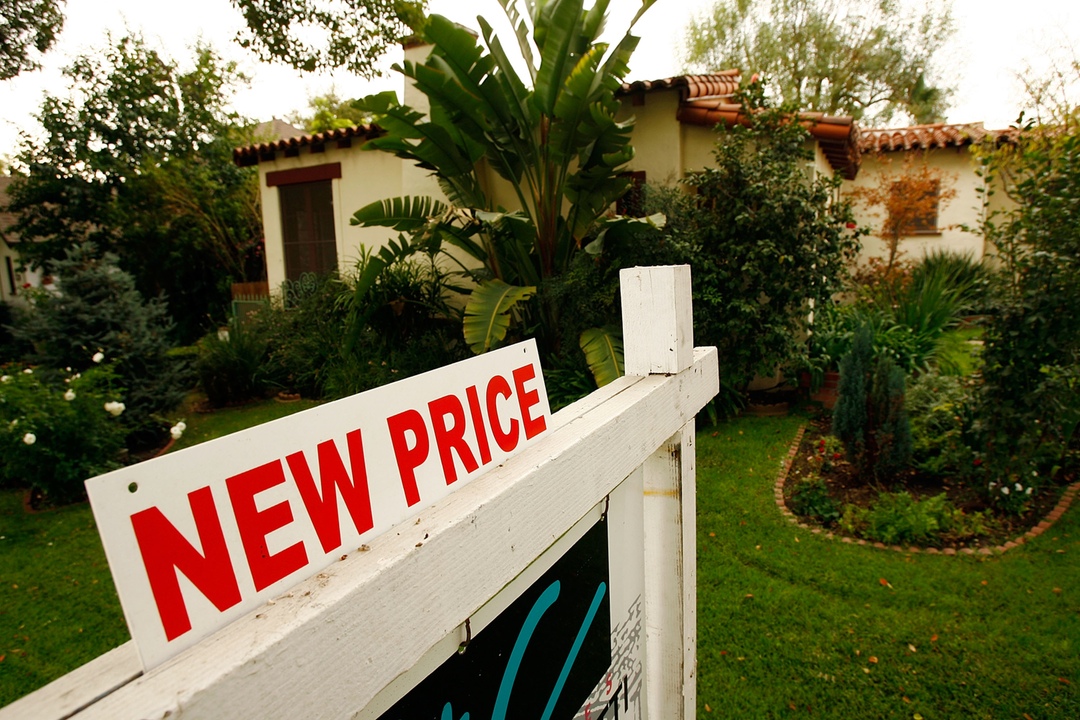
The bill finally came due for Standard & Poor’s Financial Services: $1.37 billion. That’s what the company will pay to the federal, state and D.C. governments to resolve the culpability of its ratings agency in draining trillions of dollars from our bank accounts, 401ks and home equity not to mention contributing mightily to the global financial crisis.
As Attorney General Eric Holder put it: “As S&P admits under this settlement, company executives complained that the company declined to downgrade underperforming assets because it was worried that doing so would hurt the company’s business. While this strategy may have helped S&P avoid disappointing its clients, it did major harm to the larger economy, contributing to the worst financial crisis since the Great Depression.”
But S&P got off cheap and the fact that none of the people in charge of the company at the time are going to jail tells you it’s business as usual between Washington and Wall Street. It’s just a speeding ticket, people. Move along. The company was quick to point out that it wasn’t guilty of what it admitted to: “The settlement contains no findings of violations of law by the Company, S&P Financial Services or S&P Ratings,” the company’s press release asserts.
Nope, just a level of odiousness that still resonates eight years later.
S&P, part of McGraw Hill Financial, Inc. rates bonds for a living—it still does—and it was living well up to the financial crisis by rubber stamping its top, AAA rating to tranche after tranche of residential mortgage-backed securities (RMBS) and collateralized debt obligations (CDOS) from 2004 to 2007. The way this works is that the bond issuers pay the ratings agencies to rate them. No conflict there, right? Triple-A is the rating reserved for the best of the best. But RMBs and CDOs that S&P was rating were partially underwritten by the vast number of no-doc, “liar loan” and other mortgages being handed out by equally sleazy outfits such as Countrywide Financial.
It all collapsed like the Ponzi scheme it was when these unfit buyers started to default on their mortgages and the value of the bonds crashed. It would lead to cascading calamities including the collapse of Lehman Brothers, the bailout of AIG, Freddie and Fannie Mac (quasi-government mortgage agencies) not to mention widespread contagion in the auto industry. S&P will also pay $125 million to calPERS, the California pension fund that, like many other pension funds, bought some of these AAA bonds under the guise that they were safe.
Nice work, that. For years, S&P was able to fend off lawsuits by claiming that its ratings were merely statements of opinion protected by the First Amendment, which particularly ticked me off. Don’t use our free-press/free-speech amendment to shelter your atrocious behavior. But that defense finally collapsed after the government took another tack: alleging that S&P committed fraud. “As S&P knew,” read the Justice Department’s lawsuit, “these representations were materially false, and concealed material facts, in that S&P’s desire for increased revenue and market share in the RMBS and CDO ratings markets led S&P to downplay and disregard the true extent of the credit risks posed by RMBS and CDO tranches in order to favor the interests of large investment banks and others involved in the issuance of RMBS and CDOs.”
S&P continued to resist, despite the DOJ uncovering emails that showed S&P employees knew they had clearly underestimated the risk of the RMBs and CDOs. Here’s my personal favorite: “Let’s hope we are all wealthy and retired by the time this house of cards falters.” (Some, in fact, did and are.) S&P’s other defense is essentially that the bankers all knew we were full of it.
In the agreement that S&P signed with prosecutors it admits to the fact that the company was selling garbage. The DOJ also made S&P eat the company’s assertion that the lawsuit was retaliation for S&P’s downgrading the debt of the United States in 2011. S&P was wrong about the quality of its bonds and wrong about the quality of U.S. treasuries. Treasuries have never been more desirable.
So now S&P is free to go about its business, which is an oligopoly that it shares with Fitch and Moody’s, the same threesome that controlled the rating market in 2007. In its reregulation of the financial industry, Congress left the ratings agencies alone. Which means that at some point in the future you can expect the same problems to crop again.
More Must-Reads from TIME
- Cybersecurity Experts Are Sounding the Alarm on DOGE
- Meet the 2025 Women of the Year
- The Harsh Truth About Disability Inclusion
- Why Do More Young Adults Have Cancer?
- Colman Domingo Leads With Radical Love
- How to Get Better at Doing Things Alone
- Michelle Zauner Stares Down the Darkness
Contact us at letters@time.com